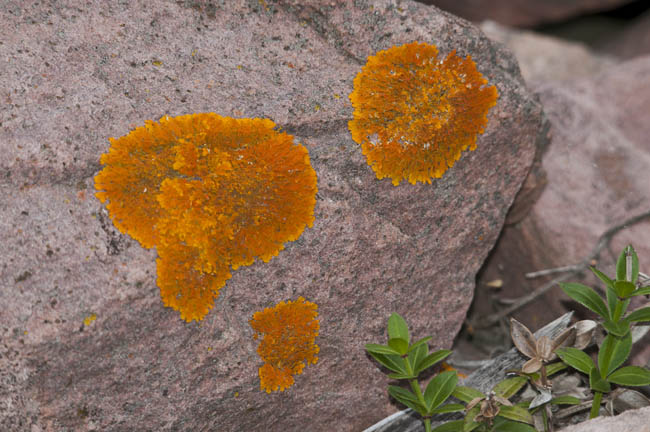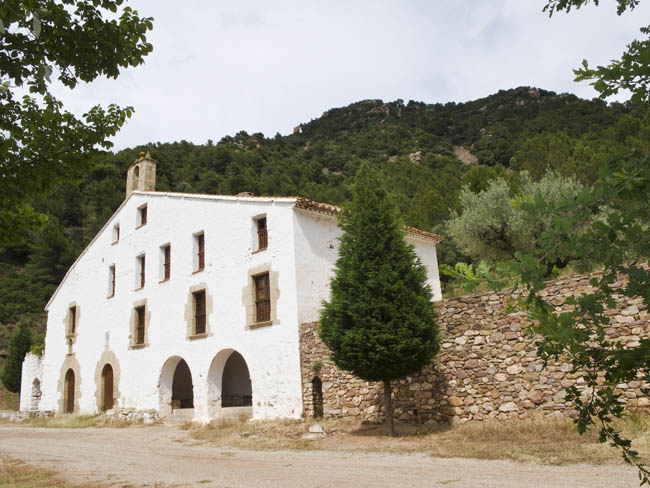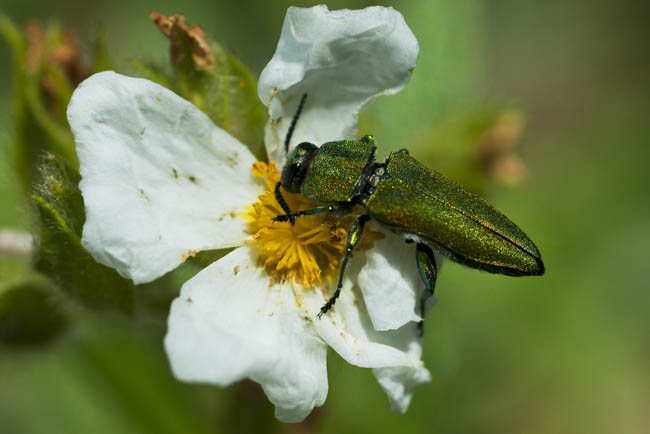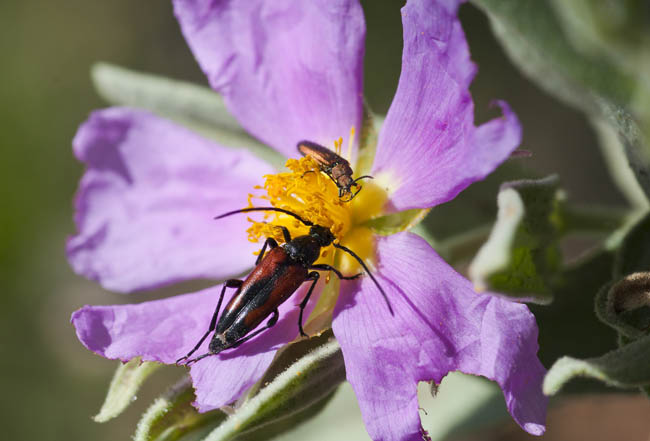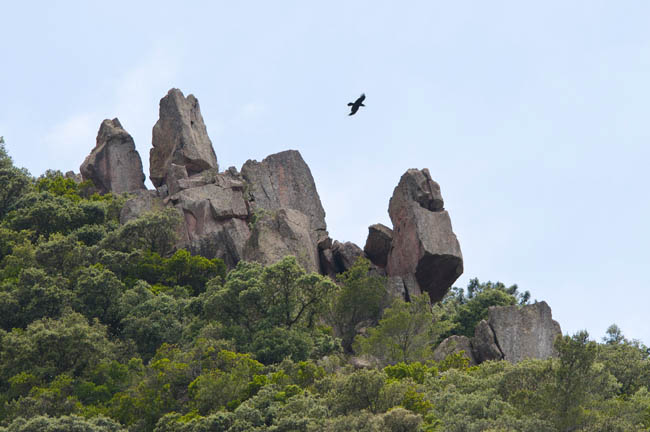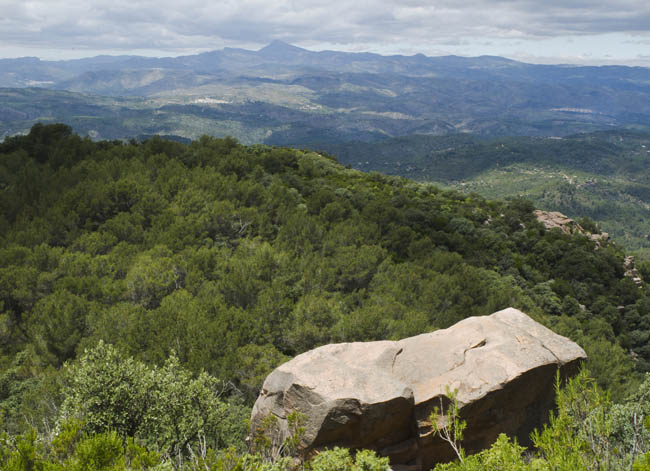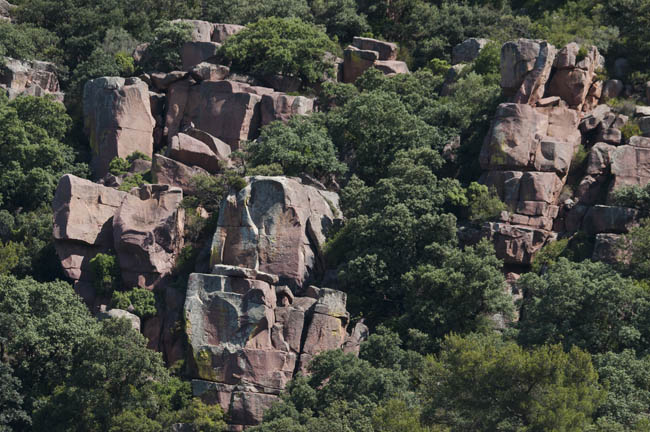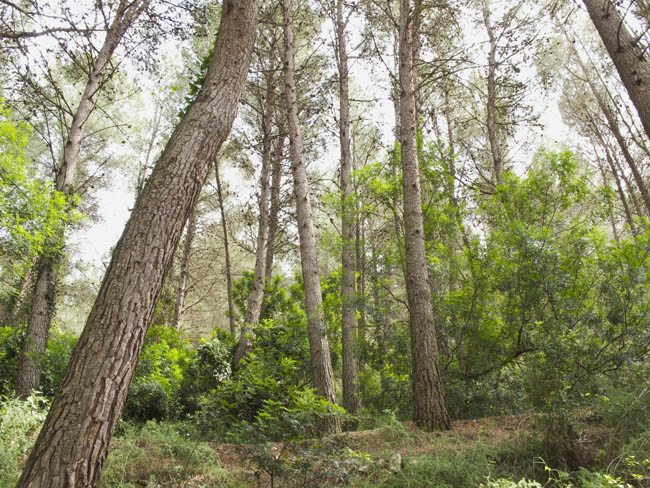El Mollet Natural Municipal Park
The cave in the El Mollet hill has important ecological, landscape and historical cultural values, as well as those related to leisure and recreational uses, which justify the process undergone for the declaration of this area as a Paraje Natural Municipal (Natural Town Space).
It is located to the north-east of Sant Joan de Moró, in the Plana Alta region.
From a geomorphological point of view, it is included in a group of mountains that are parallel to the coast and separated by large, very deep and flat valleys full of recent material. More specifically, this spot is found in the Tossal del Mollet, located on the north-east facing hillsides of the Borriol and Moró mountain ranges. Reddish Triassic sandstone outcrops dominate the landscape and make for a steep relief. The abundant vegetation that is present gives the landscape great value. Its peaks and summits make its unique and bizarre morphology stand out.
The spot is of great note, as much for its flora as its fauna. With regards to its vegetation, the area is covered in groups of holm oaks (Quercus ilex) and mostly in dense pine woods that are made up of Aleppo pine (Pinus halepensis). In turn, the undergrowth of the pine woods is made up of well-developed thermo-Mediterranean thickets, and dominated by groups of kermes oaks and mastic trees. Both the kermes oaks and mastic trees form habitats of interest for the European Union.
With regard to its fauna, it stands out as a nesting place for species like robins (Erithacus rubecula), Great spotted woodpeckers (Picoides major) and possibly, the blue nuthatch (Sitta europaea), which makes the woods particularly interesting in terms of the distribution of species found in high altitude areas and inside the Valencian Community. Forest birds of prey are also a highlight, because of their great variety. Almost all species native to the area nest here: the common buzzard (Buteo buteo), the Philippine buffalo (Strix aluco), the tawny owl (Otus scops) and the long-eared owl (Asio otus). The predatory Bonelli’s eagle (Hieraaetus fasciatus) has been sighted there as well. It is classified as a vulnerable species in the Catálogo Valenciano de Fauna Amenazada, the Valencian Catalogue of Threatened Fauna.
With respect to historical cultural heritage, the most relevant element of the town is the archaeological site Monte Mollet, which is a fortified medieval village classified as a site of cultural interest. Regarding ethnology, the pilgrimage up to the Ermita de San Miguel, which takes place on the third Sunday of Lent and has been organised by the town council since the 17th century, is a fiercely popular event of major interest for the town.
For all these reasons, and due to the town council’s initiative, the Generalitat (the Valencian government), in the exercise of its autonomous powers, considered it appropriate to establish a special set of rules for the protection and conservation of the natural values of this space.
Further information at:
